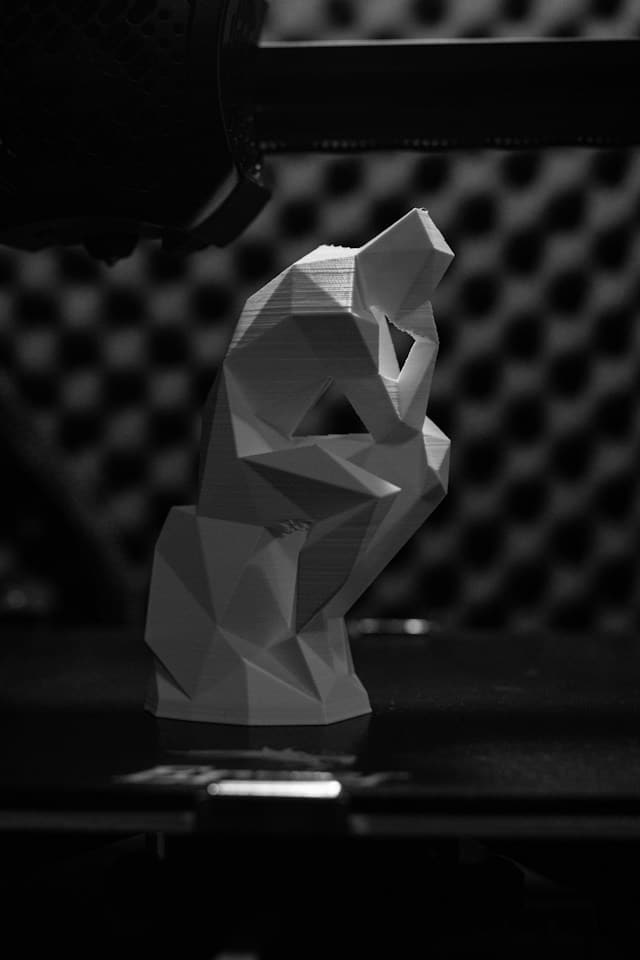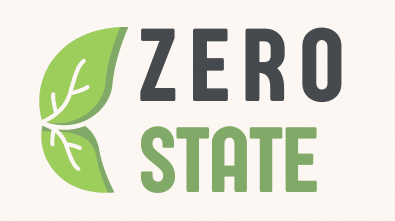What is the potential of 3D printing in creating affordable housing solutions?

As you venture into the world of construction or home buying, you may have come across the term "3D printed homes." But what does it really mean? Is it a revolutionary new technology, or just another buzzword in the construction industry? This article aims to shed light on the technology behind 3D printed homes. We will also explore how this upcoming technology might change the landscape of housing globally, making it much more affordable and sustainable.
The Science Behind 3D Printed Houses
Imagine a large machine, not unlike a traditional printer but significantly larger, methodically laying down layer after layer of a cement-like material. This material forms walls, ceilings, and floors – the main components of a house. This is 3D printing in the construction industry.
A lire également : What are the ethical considerations in using AI for personalized marketing and advertising?
The process of 3D printing, or additive manufacturing as it’s known, involves a computer-controlled machine that extrudes a specialized concrete mixture in layers to create a structure based on a digital design. This is exactly how a 3D printed house is built. Through this technology, entire rooms can be printed in a single go, cutting down on both construction time and the cost of manual labor.
The key material commonly used in 3D printing houses is a form of rapid setting concrete. This type of concrete is formulated to be extruded through the 3D printer’s nozzle and set rapidly enough to support the weight of the subsequent layers.
En parallèle : Dive into the adventure of epical mystery boxes today
How Cost-Effective Are 3D Printed Homes?
One of the main selling points of 3D printed houses is their affordability. On average, a 3D printed house can cost 20% less than a traditional house of the same size. This significant cost reduction can be attributed to several factors.
Firstly, the automation of the construction process reduces the need for a large workforce, thus slashing labor costs. Secondly, the precision of the 3D printer reduces waste of construction materials. With traditional construction methods, it’s not uncommon for up to 30% of materials to end up as waste. In contrast, 3D printing uses just the right amount of material needed for each project, dramatically reducing waste and associated costs.
An additional advantage is the speed at which these homes can be constructed. A small 3D printed house can be completed within 24 hours of printing starting, significantly reducing the time and cost usually associated with housing construction.
Are 3D Printed Homes Sustainable?
When it comes to sustainability, 3D printed houses have a clear edge over their traditionally built counterparts. 3D printing in construction helps to reduce waste, save energy, and could potentially utilize recycled materials, ticking several boxes for those concerned about the environment.
The precision of 3D printing technology means that there is very little excess material. This not only reduces waste but also leads to fewer emissions from transporting unused materials. Furthermore, the speed at which 3D printed houses can be built also means less energy is used over the construction period.
In the future, it’s likely we’ll see even more sustainable practices linked with 3D printed homes. Researchers are currently exploring the use of recycled materials, such as plastics and even wood, in the printing process. When perfected, this would further reduce the environmental impact of home construction, making it a truly sustainable option.
How Can 3D Printing Impact The Housing Market?
If the cost and sustainability advantages of 3D printed homes weren’t enough, this technology also holds the potential to revolutionize the housing market in other significant ways.
One potential game-changer is the design flexibility that 3D printing offers. Unlike traditional construction methods, where designs are often limited by budget constraints and the physical capabilities of human workers, 3D printing allows for a much broader array of architectural designs.
Furthermore, 3D printing has the potential to address housing shortages in a big way. The speed and affordability of 3D printed homes make them an excellent solution for rapidly growing urban areas where the demand for housing outpaces traditional construction capabilities.
In conclusion, the potential for 3D printing in the housing market is immense. This technology holds the promise of not just affordable and sustainable homes, but also a potential revolution in home design and the ability to quickly address housing shortages. As such, it’s safe to say that 3D printed homes could very well be the future of housing.
Challenges and Prospects in Mainstreaming 3D Printing Construction
Despite the promise and potential that 3D printed housing holds, it’s crucial to acknowledge that this technology is not without its challenges. Navigating regulatory hurdles, developing workable building codes, and ensuring safety standards are just a few of the issues that need addressing.
In many parts of the world, building codes and regulations aren’t designed for 3D printed concrete construction. These codes are traditionally based on conventional construction methods and materials. Consequently, gaining approval for 3D printed houses can be a complex and lengthy process.
From a safety perspective, ensuring the printed concrete is structurally sound and can withstand various climate conditions is paramount. While digital fabrication has made significant strides, more research and development are needed to guarantee the durability of printed homes.
Despite these hurdles, the prospects for 3D printing construction are promising. With continued innovation and adjustments to building regulations, we are likely to see more 3D printed housing units in the future. These homes could be a solution to the housing crisis in urban areas, offering affordable, sustainable, and rapidly built housing solutions for low-income communities.
Key Takeaways and Conclusion
The construction industry is on the cusp of a revolution. The advent of 3D printing technology has the potential to transform traditional construction methods, providing versatile, cost-effective, and sustainable solutions to the global housing crisis.
To recap, here are the key takeaways of the potentials of 3D printed homes:
- Cost Savings: 3D printing construction significantly reduces labor cost and material waste, making it a more affordable option compared to traditional construction methods.
- Sustainability: With its precision and efficiency, 3D technology reduces waste, saves energy, and could potentially utilize recycled materials, making housing construction more eco-friendly.
- Design Flexibility: 3D printing allows for more architectural design options compared to traditional construction methods.
- Addressing Housing Shortages: The speed and affordability of 3D printed homes make them an excellent solution for rapidly growing urban areas, offering a potential resolution to the housing crisis.
While challenges remain, with continued innovation and regulatory adaptations, 3D printed houses could become a common sight in the future. In conclusion, 3D printing in the construction industry holds immense promise. It holds the potential to not just make housing more affordable but also revolutionize home design and address housing shortages quickly. It’s safe to say; 3D printed homes could very well be the future of housing.
